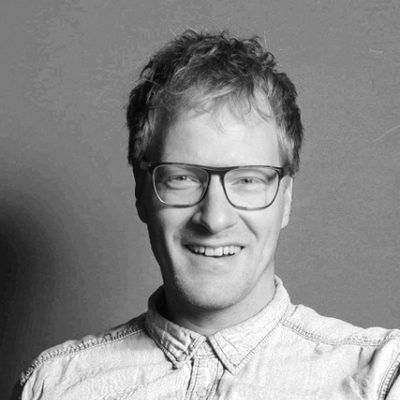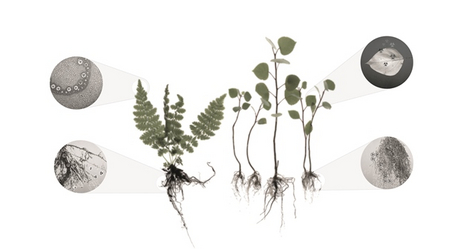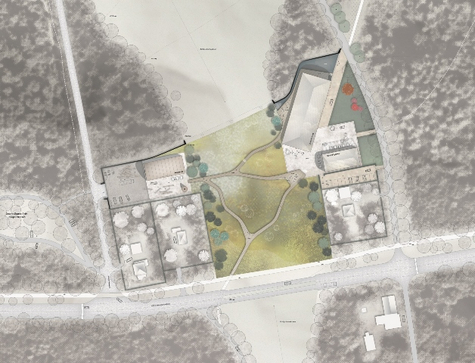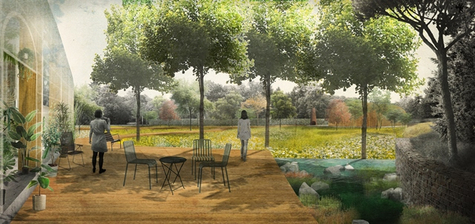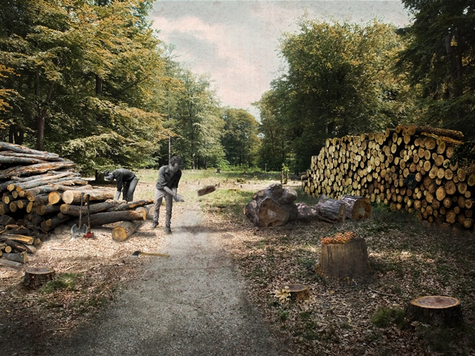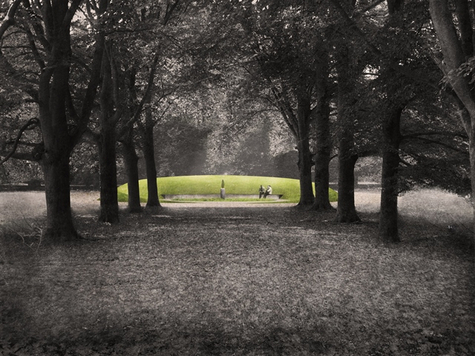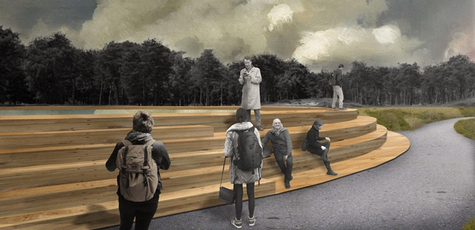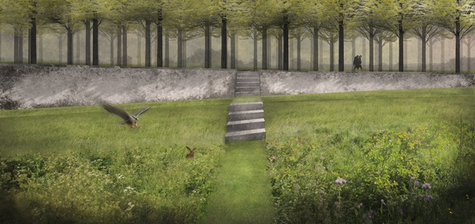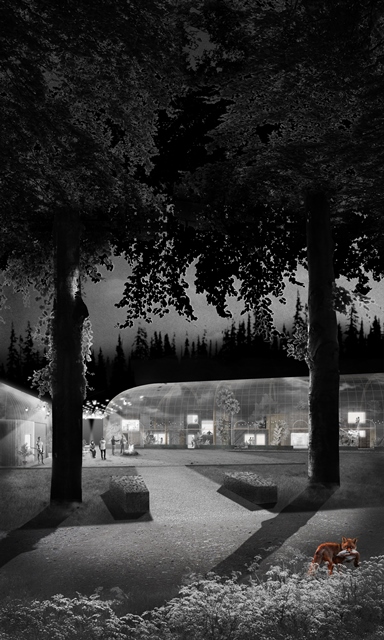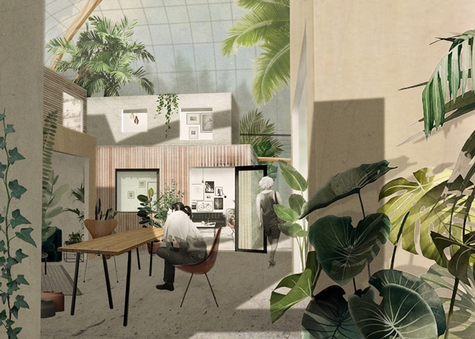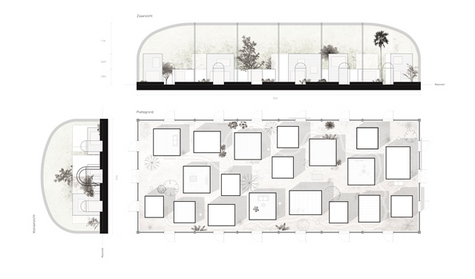Kim Jespersgaard Baake
- Course
- Landscape Architecture
- Class
- 2017
- Website
- www.behance.net/kimjespersgaard
- k.j.baake@gmail.com
Kaap (Kollektief Autonoom Anders Proberen)
Project Kaap is about a close group of friends that have started a commune together. The purpose of this commune is to find a new alternative, contemporary way of living. The dream they have is to create a place where they can live and work together. It has to be a place with studios, workspaces and a collective spaces where outsiders are welcome. It’s a sort of estate where Kaap is the center and functions as an intermediary that contributes to its surroundings and the landscape. It’s important that various parties can benefit from this plan. That is the ideology of Kaap.
The search for a suitable location takes place within a 15 kilometres radius around the city of Utrecht. On the Utrechtse Heuvelrug are a lot of derelict sites waiting for reconstruction. These places would be better off inhabited. The municipality of Utrechtse Heuvelrug own some of these sites. Two of them seem suitable for Kaap’s purpose. The sites are situated close to each other and as it happens located in the Kaapse Forest near by Doorn. Unfortunately, these sites are contaminated and remediating these sites is an expensive task. But there is a cheaper and more sustainable way; phytoremediation. Phytoremediation is the remediation of soil through plants. There are two techniques of phytoremediation that can be used to clean up the contamination of the two sites. The first technique is to clean contamination in shallow soil (stable and solid). The other one is to clean contamination in more deeper soil (volatile and diffuse).
Implementation of these techniques takes a lot of time and supervision. Consequently the role for Kaap is obvious: realizing their own housing wishes and the need to clean the pollution on the two sites. Kaap will remediate the soil and leave after 10 years when the soil is cleansed. The sites will have a purpose again and will be more valuable when Kaap has left.
The two contaminated sites are situated in the historical estate zone Stichtse Lustwarande. In addition to the stakeholders, municipality Utrechtse Heuvelrug and the province of Utrecht, the forest administration plays an important role in the area. The forest administration is the landlord of this area. It is their wish to connect open spaces in the forest and strengthen the efforts concerning ecology. Between the two sites there are also two other stakeholders: Villa Hoog Zand and the estate of De Ruiterberg. These two are also in de need of reconstruction.
The overall plan is to connect the two contaminated sites and add a new identity to this area. Kaap superpositions a new estate on top of existing estate of De Ruiterberg, the land of Villa Hoog Zand and the forest administration. The concept is to make a new estate in the classic set-up, using all cultural historical elements that traditionally belongs to an estate, but now molded in a new form with a contemporary design. The plan consists of a landscape zone, a park zone and a garden zone. At the northern site (landscape zone) situated at the top of the Heuvelrug an orchard with 'civil enginered' phytoremediation will be placed for the volatile deeper contamination.
Between the two sites (park zone), wells are placed to monitor the contamination currents. Each well is strategically placed in the landscape and helps to restore the estate De Ruiterberg and the Villa Hoog Zand. Around the wells elements from the cultural historical idiom of an a estate are placed (berceau, snake wall, axes, domes and follies). The southern site (garden zone) will be filled with traditional phytoremediation and becomes the residential site of Kaap. Eventually the soil will be remediated, the estate will be restored, the ecological efforts will be strengthened and this part of the Stichtse Lustwarande will get back its former glory.
Commission members: Yttje Feddes (mentor), Pepijn Godefroy, Tjeerd Haccou. Additional members for the exam: Paul Achterberg, Mirjam Koevoet.
